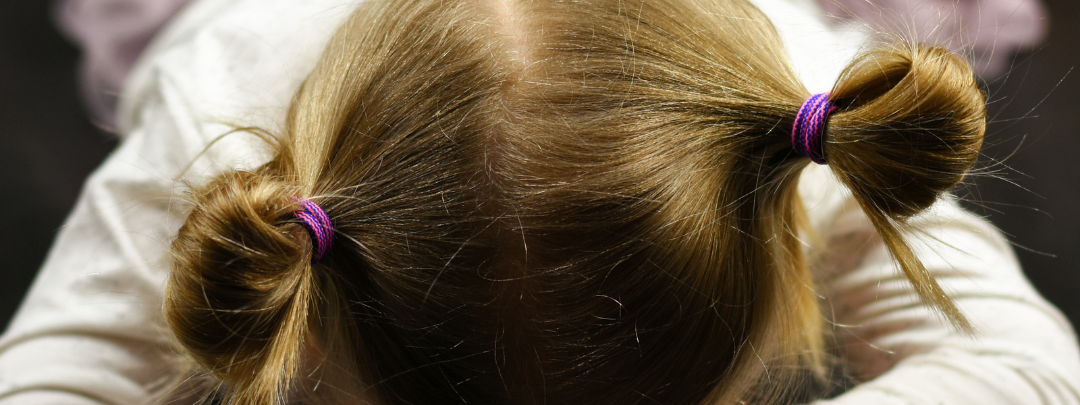Tantrums can leave you feeling truly baffled as to why your child is acting in such an undesirable way, they can leave you emotional, exhausted, and even embarrassed because let’s face it kids aren’t picky about where they throw them!
It can be hard to accept that tantrums aren’t a child behaving badly, manipulatively, or even deliberately trying to wind you up, but understanding how their brains function will help you appreciate this!
Tantrums are a way in which your child responds to or communicates a feeling in the only way they know-how and it’s all down to the function of their brain.
Understanding what is happening in the different areas of your child’s brain when a tantrum kicks in helps you to parent constructively, otherwise known as ‘whole brain parenting’.
So, let’s start with the basics:
The left side of the brain
Takes longer to develop and is responsible for logic.
The right side of the brain:
It develops faster and dominates the logical left side until children are about 3. It is responsible for feelings.
Neurons:
Responsible for sending and receiving messages from your brain.
Our brains determine who we are and what we do, our brains are molded by our own individual experiences and experiences change the brain. Whenever an event occurs (such as a tantrum) certain neurons fire in your child’s brains. When the same neurons fire over and over again during a tantrum again they connect to one another leaving you with what we call a memory from the experience.
So, the way we respond to a child’s tantrum is very important, now this doesn’t mean protecting our child from negative experiences- it just means helping them use their ‘whole brain’ to help them make sense of what is happening in their brain.
When a child is in full meltdown, tantrum, hissy fit (whatever you like to call it) mode their brain is being very triggered.
The right brain (responsible for feelings) is in overdrive. Remember a child under two will be completely right-brain dominant and there will be little use in trying to connect with their left side of the brain with logic (hence ‘The terrible two’s). From 3years onward we can start aiding children’s integration of the parts of the brain.
This ‘Integration’ process starts with you using both sides of your brain in order to get your child to use theirs too. As an adult, it can be very easy to lose your temper when a child is having a tantrum. However if we keep our ‘whole brain’ in mind and remind ourselves that our child isn’t giving us a hard time, they are having a hard time. We can then use our left side of the brain to keep us calm.
So, what is the best way to deal with a tantrum?
1. Connect and redirect
Connect and empathize with the feeling to calm the right side of the brain down, once your child has calmed down and the right side isn’t so dominant you can then connect with the left side of the brain (the logic).
2. Name it to name it
As adults, we always feel better when we have discussed how we feel rather than bottling it up or even being judged by another. This is no different with children (even if we think the subject matter isn’t worthy of such big feelings) Have your child name how he’s feeling or retell his experience. Through talking about the emotion, it will calm the right brain down and the left brain will start to be able to connect and tame the feelings.
Example:
Your child wants to have sweets before lunch and is having a tantrum, shouting, and wailing around on the floor.
Connect
‘I hear you’re really upset I won’t let you have your sweets, you really love sweets’
Empathize
‘It’s so frustrating when you cant have what you want, you’re upset I hear you. We aren’t having sweets before supper.’
Redirect
We aren’t giving in to the behavior, we are connecting with the child, making them feel heard, listened to and their emotions feel validated.




Leave a Comment
You must be logged in to post a comment.